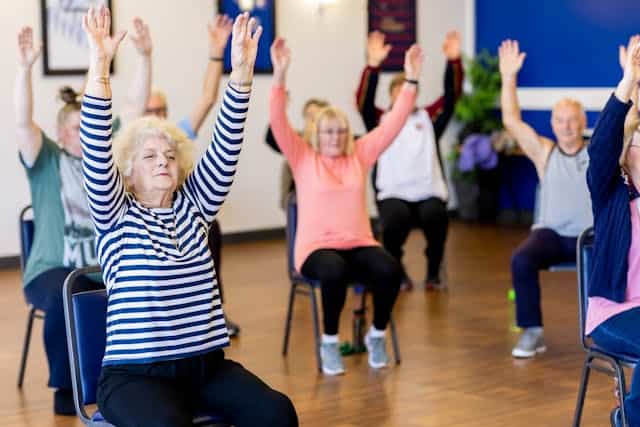
Automated Algorithm for Accurate Waking Sitting and Physical Activity Estimates Without Diaries Using Thigh-Worn Fibion Accelerometers in 10- to 12-Year-Old Children
May 1, 2025
Prospective Associations between Screen-based Sedentary Behaviors and Cognitive Performance among Children aged 5-7 Years
May 15, 2025A new study entitled “Association between physical activity and sedentary behavior with cardiometabolic multimorbidity in the elderly hypertensive population: an observational and Mendelian randomization study” was recently published in Psychology of Sport and Exercise. A new summary and citation are included below.
ABSTRACT
Background
The causal relationships between physical activity (PA), sedentary behavior (SB), and the risk of cardiometabolic disease (CMD) in hypertensive populations remain unclear. We conducted a Mendelian randomization (MR) analysis to investigate these associations.Methods
We conducted an observational analysis using a sample of 18,963 hypertensive patients. For the two-sample Mendelian Randomization (MR) analysis, we used genome-wide association study (GWAS) summary data from population-wide cohorts obtained from the MRC Integrative Epidemiology Unit (MRC-IEU). The observational study was conducted from July 2023 to September 2023. Genetic tools were selected from GWAS at genome-wide significance (P<5×10−8). The summary statistics for CMD include type 2 diabetes (T2D), stroke, and coronary heart disease (CHD). Logistic regression models were employed to estimate odds ratios (ORs) and 95% confidence intervals (CIs) for the associations between PA and SB with CMD (T2D, stroke, and CHD) in the hypertensive population.Results
A total of 17,234 elderly hypertensive patients were included, with an average age of 73.0 years. Among them, 9,888 (57.4%) were women, and 9,406 (54.5%) had CMD. Compared to low physical activity (LPA), moderate physical activity (MPA) was associated with a decreased risk of T2D [OR (95% CI): 0.749 (0.682, 0.823)] and stroke [OR (95% CI): 0.525 (0.480, 0.575)]. Vigorous physical activity (VPA) was linked to a reduced risk of T2D, stroke, and CHD. In contrast, prolonged SB was associated with an increased risk of T2D, stroke, and CHD. The MR analyses found that genetically predicted MPA was significantly associated with a reduced risk of T2D in the general population, consistent with the observational study results in hypertensive individuals. Similarly, VPA and SB were causally associated with T2D, stroke, and CHD, supporting the inverse relationships observed in the observational study.Conclusions
This study suggests that a sedentary lifestyle and moderate to vigorous physical activity may play a significant role in the development of CMD in hypertensive populations.
CITATION
Wang, S., et al. (2025). Association between physical activity and sedentary behavior with cardiometabolic multimorbidity in the elderly hypertensive population: an observational and Mendelian randomization study. Psychology of Sport and Exercise, https://doi.org/10.1016/j.psychsport.2025.102869
Photo by RDNE Stock project on pexels




